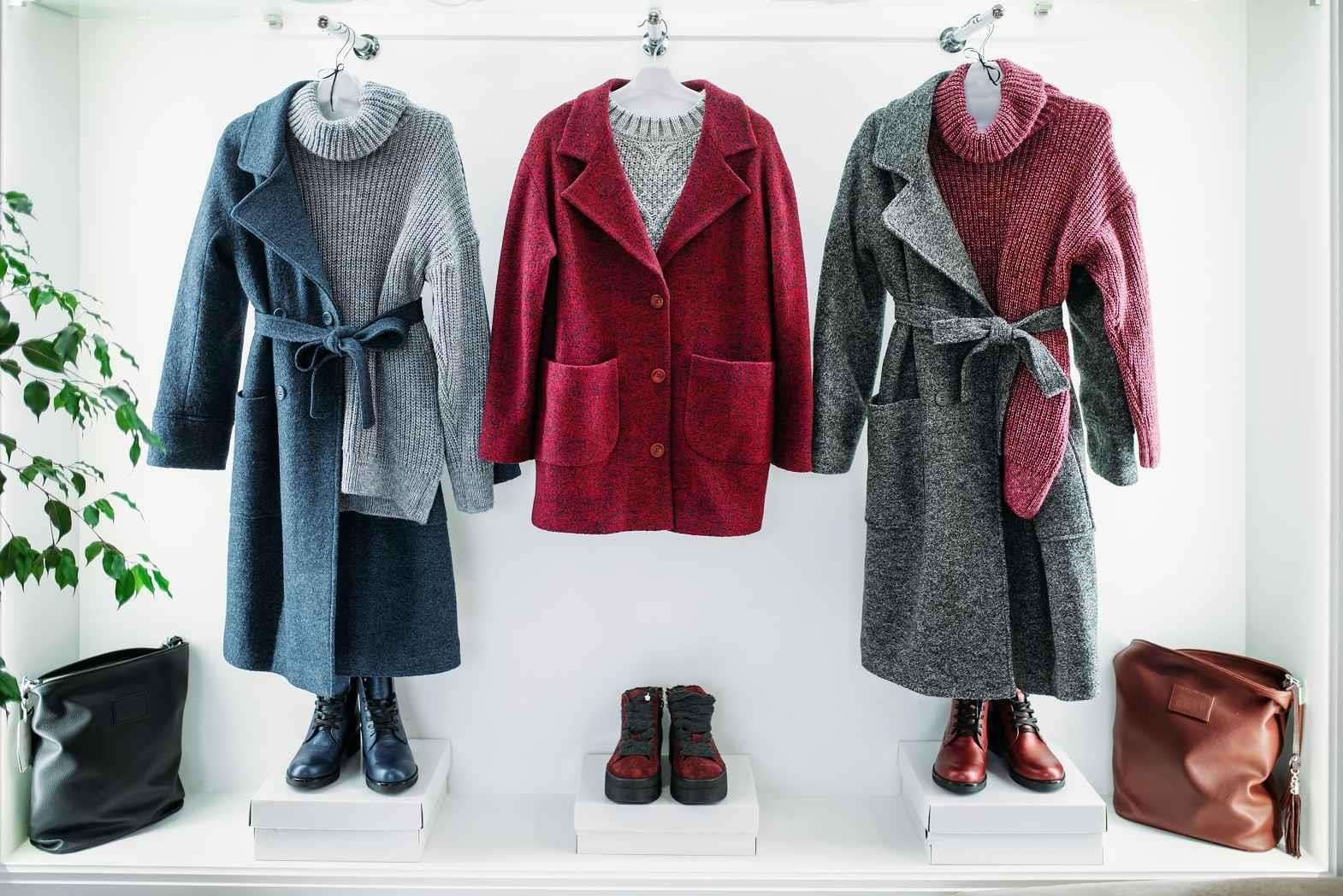The import-export data points out the countries dominating the woven textile market in the world. The manufacturers, suppliers, customers, and assemblers all are located in different countries of the world which represent the potential growth of the market of woven fabrics. With foreign markets seeking to increase their purchase and sale of woven textiles and apparels, U.S. companies will get an opportunity to expand their trade in textiles and apparels globally.
According to a market report compiled by OTEXA and International Trade Administration, U.S. textile and apparel exporters supply yarns, woven fabrics, finished products to assemblers, mills, and processors. The report also pointed out five fastest-growing markets for U.S. exports of textiles and apparels. They are Vietnam, Egypt, Poland, Pakistan, and Lithuania for textiles and China, Saudi Arabia, France, Netherlands, and the United Kingdom for apparels.
The factors that affect the increase in export to these countries are economic development, free trade agreements, and treaties signed with the U.S. The U.S.-made fabrics have an important role in helping the military forces and also have extended support to protect the environment in the Gulf oil spill disaster by using oil boom containment systems.
To boost textile and apparel trade in the United Nations, it has entered into free trade agreements or signed treaties with many developing countries. The U.S. has signed a Trans-Pacific Partnership (TPP) pact with 10 nations which grant duty-free export of textiles into the U.S. economy. They are: Mexico, Singapore, Brunei, New Zealand, Canada, Darussalam, Chile, Malaysia, Peru, Australia, and Vietnam.
As per the recent data, the United States is one of the leading importers of woven fabrics from countries like Mexico, China, France, and Italy. This is proved from the statistics available. In 2013, Mexico exported woven fabrics worth of US$ 87,217,000 to the United States, while Mexico exported woven fabrics worth US$ 1,515,000 to Honduras and US$ 1,435,000 to El Salvador.
Going with the export figures of China, Hong Kong is the largest importer of woven fabrics. In 2013, China exported woven fabrics worth US$ 617,504,000 to Hong Kong. In the second place comes the United States with export worth of US$ 384,548,000, and in the third place comes the United Arab Emirates with export worth US$ 366,117,000.
Considering the exports of Italy, Romania is the largest importer of woven fabrics. Italy exported woven fabrics worth US$ 59,249,000 to Romania in 2013. It exported to France textiles worth US$ 50,978,000, Germany US$ 44,074,000, United Kingdom US$ 30,058,000, and the United States US$ 21,346,000. Exports of woven fabrics of France show that it exported textiles worth US$ 59,518,000 to Italy, then comes Tunisia with US$ 47,365,000, Germany US$ 38,695,000, and the United States US$ 23,712,000 in 2013.
One thing that is clear from the above data is proximity plays an important role in developing the trade relations. Whether it is Mexico, China, Italy or France the import export ratio is highest to the nearest country. Hong Kong's proximity to China played a crucial role in developing its trade relation with China. Secondly, whether it is Asian country, European country or neighbouring countries of America, United States has been a major importer of woven textiles from all these countries.
Vietnam is a major exporter of textiles and apparels to the U.S. The Vietnamese are in a move to include new rules in their free trade agreement with U.S. This would enable Vietnam to buy fabrics from China and manufacture them into garments and export the finished product to U.S. duty free. This is not allowed in any current U.S free trade agreement. If this happens it would enrage the CAFTA- DR (Dominican Republic- Central America free trade agreement) members, who buy yarns made in U.S. to comply with the CAFTA-DR yarn forward rules.
CAFTA-DR was formed in August 2004 and is the first free trade agreement between the United States and five central American developing nations which are Costa Rica, El Salvador, Guatemala, Honduras, Nicaragua and the Dominican Republic. This agreement facilitates trade and investment among the seven countries by eliminating tariffs. Another issue is the level of secrecy under which the negotiations have taken place. There are rumors that the free trade agreements have much more than duty free access. But time will only unfold these rumors.
Walmart also has decided to buy more U.S. made textiles. Vietnam predicts that if the new rule is implemented, its market share in exporting textiles to U.S. will rapidly increase from 7% to 30%. It is a point to ponder, if Vietnamese textile export jumps from 7% to 30%, who actually gains?
Although it is a known fact that due to the decline of U.S. textile industry, many factories were shut and production was shifted to other developing nations in the last decade. However, in this decline lies a story of prosperity of the domestic textile industry of United States. Not only has it survived all adversities of the past decades but now it actually thrives on its domestic specialty fabric industry.
The specialty fabric industry of the US has emerged with globally competitive products. With continuous innovation and new applications, various fabrics are being discovered every day. The raw material suppliers and manufacturers of specialty fabrics are situated in every state. Thus, it can be concluded that although US imports woven fabrics, textiles and apparels from developing countries, it dominates the segment of specialty fabrics.
References:
1. Ifai.com
2. Specialtyfabricsreview.com
3. Elsevier.com
4. Ustr.gov








Comments